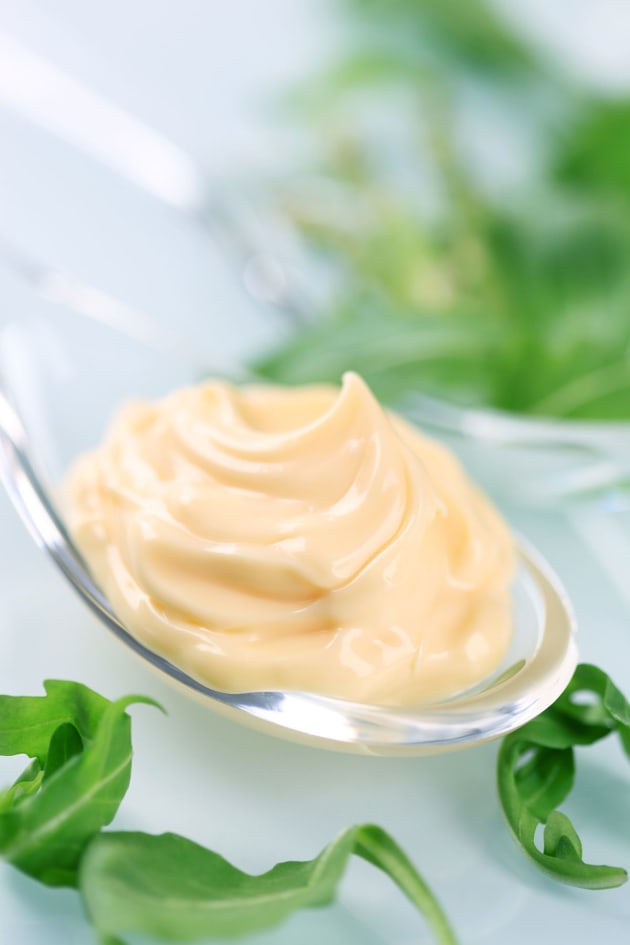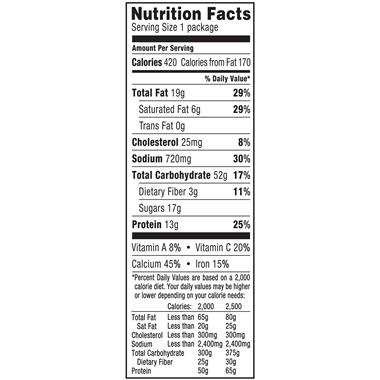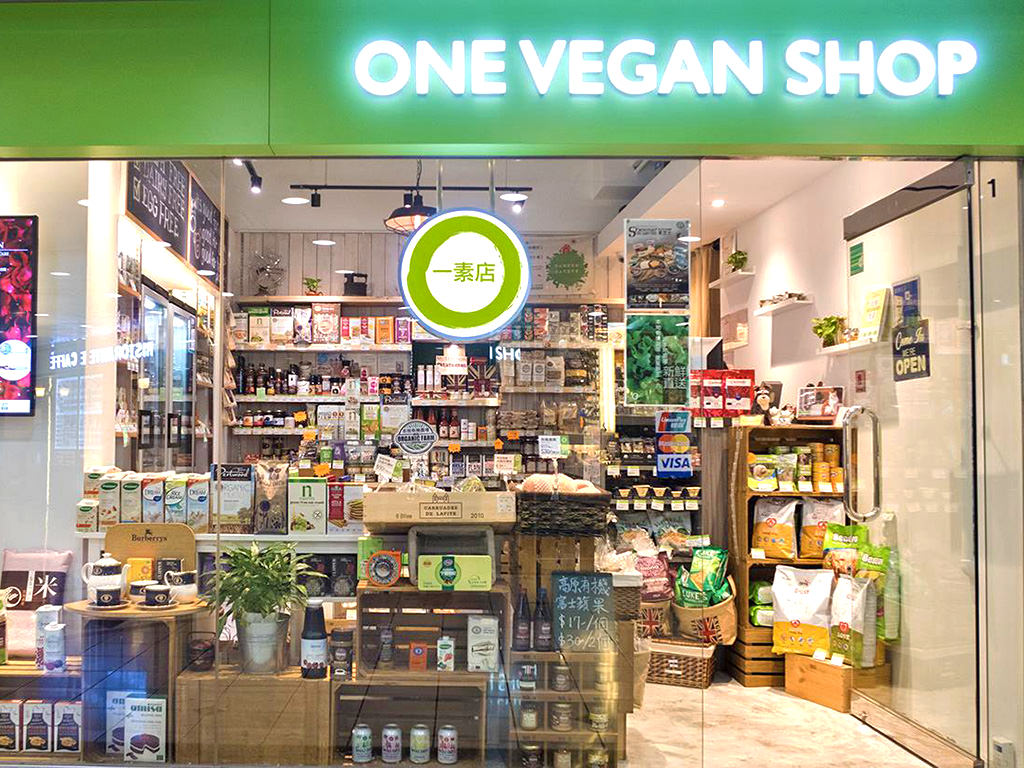40 reading food labels for gluten
Going Gluten-Free: How to Read Nutrition Labels Correctly - Cathe Friedrich The easiest way to avoid gluten is to eat more whole foods and choose products that are labeled gluten-free. To earn such a label, a food must contain 20 parts per million or less of gluten and have no unacceptable grains like wheat, barley or rye. Read the label to ensure the product was made in a wheat-free facility to avoid the risk of cross ... Label Reading for Gluten | Children's Hospital of Philadelphia Gluten is a protein found in wheat, barley and rye. Today, in this video, we are going to discuss our five step process for label reading to determine if a product is gluten free. Step 1: determine if the product is naturally gluten-free. Naturally gluten-free foods include fresh meat, chicken, fish, eggs, fruit, vegetables and dairy.
Gluten and Food Labeling | FDA Gluten occurs naturally in wheat, rye, barley, and crossbreeds of these grains. Foods that typically contain gluten include breads, cakes, cereals, pastas, and many other grain-based foods. Gluten...

Reading food labels for gluten
How to Read a Food Label - Gluten-Free Living When you follow a gluten-free diet, the most important part of a food label is the ingredients list usually found on the back or side of the package. In the ingredients list, food processors must accurately list the ingredients found in a food. So this is the part you will want to read first. But don't look for the word "gluten." Food Labels: Read It Before You Eat It! - American Academy of Allergy ... In addition to the eight allergens covered by FALCPA, in Canada additional allergens are mandated to be labeled in "contains" statements: sesame, molluscan shellfish (snails, octopus, clams and scallops), mustard and sulfites (a preservative). In Japan, buckwheat, peanut, milk, egg, shrimp and crab must be labeled. Final Tips: 3 Tips for Gluten-Free Label Reading Verifying there is no more than 10ppm gluten content in tested foods Note that the U.S. Food and Drug Administration (FDA) sets their gluten-content threshold at less than 20 ppm of gluten, making the GFCO's standard twice as strict. Tip 2: Look for the words "gluten-free"
Reading food labels for gluten. How to Read Food Labels - Coeliac New Zealand Rule 1: Try to choose foods labelled 'gluten free' or foods carrying the Crossed Grain logo. For a list of Crossed Grain accredited brands and foodstuffs, please refer to our shopping guide. Rule 2: If you don't see wheat, rye, barley, oats or gluten on the ingredient list on a food label then there are no ingredients derived from gluten ... PDF Step-by-Step Guide to Reading Gluten-Free Labels 1 2 3 - Beyond Celiac Look for wheat, rye, barley, oats and their derivatives, like (barley) malt, for example. Understand which products are at the highest risk for cross-contact with gluten. Flours and grains, for example, have high levels of contact with gluten, so consumers should purchase flours and grains specifically labeled gluten-free. Gluten: Tips for Finding It on a Food Label - WebMD Double-check the ingredients label on these items, as they're possible sources of gluten: Beer, ale, lager Breads Broth, soup, soup bases Cereals Cookies and crackers Some chocolates, some... Label Reading & the FDA | Celiac Disease Foundation Food products that are naturally gluten-free, like bottled spring water or tomatoes, may be labeled gluten-free. 4. May oats be labeled gluten-free? Oats that contain less than 20 ppm of gluten may be labeled gluten-free. Oats do not need to be certified gluten-free. 5.
Gluten Free Nutrition Label Reading 101 (US) - Laulima Kitchen Reality #5: Wheat Free Doesn't Mean Gluten Free In 2004, the Food Allergen Labeling and Consumer Protection Act requires that all food labels must declare the top 8 food allergens on the label (milk, eggs, fish, shellfish, tree nuts, peanuts, wheat, and soybeans). PDF Tips for Gluten-Free Label Reading - Gluten Intolerance Group 1 *A product that is labeled gluten-free may include the term "wheat" in the ingredient list (e.g. wheat starch) or in a separate "Contains wheat" statement, but the label must also include the following statement: "The wheat has been processed to allow this food to meet the Food and Drug Administration (FDA) requirements for gluten-free foods." How to Identify Gluten on Food Labels - Verywell Health The gluten-free food labeling requirements only apply to packaged foods. The rule doesn't apply to meat, poultry, unshelled eggs, or distilled spirits and wines made with 7% alcohol by volume or more. There is no standard symbol for gluten-free foods. Manufacturers can simply print "gluten-free" on their label as long as it is truthful. How to Read Food Labels Without Being Tricked - Healthline The product may contain very little whole grains. Check the ingredients list — if whole grains aren't in the first three ingredients, the amount is negligible. Fortified or enriched. This ...
Reading Food Labels: What "May Contain vs. Contains Means" One of the most important tips for going gluten-free is reading food labels to determine if the ingredients contain any alternative sources of wheat. You may also notice, some food labels will use the terms "may contain" and "contains" and today we are going to delve into what these terms mean for you, my fellow gluten-free foodees. FAST FACT: Reading Food Labels - Gluten & Dairy Free Lifestyle Ex. making a gluten free sandwich on the same surface as a gluten sandwich. *Laws on labeling. Now that I've gone over some of the terms, let's go over some labeling laws-The Food and Drug Administration (FDA) has to legally state the Top 8 allergens on their labels if an allergen was used as one of their ingredients. Foods With Gluten - Tips for Reading Labels - Cupcakes & Kale Chips Canned soups, broths, and soup bases - can contain wheat-based thickeners. Cereal - even those that are corn-, oat-, or rice-based may have hidden gluten ingredients. Candy, chocolate, and chocolate bars. Extracts - most are fine but do check for any additives or the types of alcohol used to make the extract if you are sensitive. Simple Label Reading | BIDMC of Boston Always read food labels. Look for the words "gluten-free." You may eat foods labeled gluten-free. If a food is not labeled gluten-free, read the ingredients list and Contains statement. If you see the words "wheat," "barley," "rye," "oats," "malt," "brewer's yeast," or "yeast extract" do not eat the food. Sample ingredients list of a product to ...
Food labels - Coeliac UK Our Crossed Grain symbol is a helpful, quick and easy way of identifying foods you can eat. Food products that have the Crossed Grain symbol on the packaging are gluten free and safe for people with coeliac disease. There are different types of licence for the symbol based on where the product is sold and what ingredients are in the product.

The 61 names of sugar – Read the food labels for hidden sugar | Reading food labels, Food labels ...
Gluten: reading a label - AGA GI Patient Center Read the "Contains" allergen statement at the bottom of the label. If wheat is listed in the "contains" statement, the product is not gluten free. If wheat is NOT listed in the "contains" statement, you must look for the following ingredients: Always avoid: Wheat, wheat starch Rye Barley, brewer's yeast Malt extract, malt vinegar, malt flavor
How to Read Food Labels for a Gluten-Free Diet Skip any items with the following ingredients on their food labels: Wheat (bran, starch, germ, or berries) Hydrolyzed wheat protein Wheat starch/modified wheat starch Rye (kernels, berries) Barley (malt, extract) Bulgur Orzo Kamut Semolina Malt (syrup, vinegar, extract) or maltodextrin Farro Einkorn Panko Seitan Graham Bran Breadcrumbs Matzo (meal)
PDF Gluten Free Diet and Food Label Reading Guide 25g 375g 30g ATER, HIGH OIL, WHEAT MADE FRO WHOLE WHEAT FLOU FRUCTOSE CO GLUTEN, UNSULPHURå MOL'ASSES, CONTAINS 2 PERCENT OR LESS OF: OAT FIBER SALT, SODIUM STEAROYL LACTYLATE (DOUGH CONÖITIONER), CITRIC ACID, CALCIUM PROPIONATE AND ACID TO RETARD SPOILAGE, MONO AND DIGLYCERIDES, BUTTER (MILK WHEY', soy LECITHIN. A OF CHOLESTEROL
Is It Gluten Free? Reading Food Labels - Three Bakers Reading food labels is an important part of keeping yourself safe and healthy after being prescribed a gluten-free diet. Unfortunately, the gluten-free standards are far from perfect. Certified Gluten-Free Labeling Foods that are gluten-free are not automatically issued a 'gluten-free' label.
Reading Food Labels | BeyondCeliac.org While label reading can seem overwhelming at first, you'll become confident over time. Download the Beyond Celiac Step by Step Guide to Reading Gluten-Free Labels to help you navigate the supermarket shelves. Download: Step by Step Guide to Reading Labels Thanks to Cabot Creamery, Crunchmaster and Glutino for making this resource possible!
How to Read Food Labels When Eating Gluten Free - Beauty in the Crumbs To sum it up. Gluten is a protein found in barley, wheat, and rye (triticale is a cross between wheat and rye) Keep a list of the various names handy to reference. Read labels. Look for ingredients that contain gluten. Avoid foods that list ingredients like oats, which most likely have traces of gluten.
Learning to Read Nutrition Labels for Gluten - Laulima Kitchen Processed Foods are Likely to Contain Gluten Obvious products include breads, cakes, cereals, cookies, pastas, and pastries. However, wheat flour often is used as a thickening agent in many other less obvious foods such as canned soups, condiments, lunch meat, sausages, soy sauce, and spice mixtures. Learn more about hidden sources of gluten. 5.
Identifying Gluten on Food Labels: Become a Master in Minutes! Recap of the steps to take when looking for gluten on a food label: Look for wheat; if wheat is found do not consume. Look for barley (sources listed in light blue box above); if sources are found do not consume. Look for rye; if rye is found do not consume. Look for an advisory statement; if one is found, check for a gluten free statement.
How to Read Food Labels to Safely Eat Gluten-Free Look for Wheat on the Label. Believe it or not, according to the FDA, labeling gluten in food is voluntary, not required. However, the FDA considers wheat (not barley, rye, or malt, which also contain gluten) a major allergen, so wheat must be clearly stated on all food labels. That means if a product is not labeled gluten free, and its label ...
3 Tips for Gluten-Free Label Reading Verifying there is no more than 10ppm gluten content in tested foods Note that the U.S. Food and Drug Administration (FDA) sets their gluten-content threshold at less than 20 ppm of gluten, making the GFCO's standard twice as strict. Tip 2: Look for the words "gluten-free"
Food Labels: Read It Before You Eat It! - American Academy of Allergy ... In addition to the eight allergens covered by FALCPA, in Canada additional allergens are mandated to be labeled in "contains" statements: sesame, molluscan shellfish (snails, octopus, clams and scallops), mustard and sulfites (a preservative). In Japan, buckwheat, peanut, milk, egg, shrimp and crab must be labeled. Final Tips:
How to Read a Food Label - Gluten-Free Living When you follow a gluten-free diet, the most important part of a food label is the ingredients list usually found on the back or side of the package. In the ingredients list, food processors must accurately list the ingredients found in a food. So this is the part you will want to read first. But don't look for the word "gluten."






Post a Comment for "40 reading food labels for gluten"